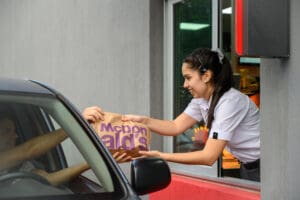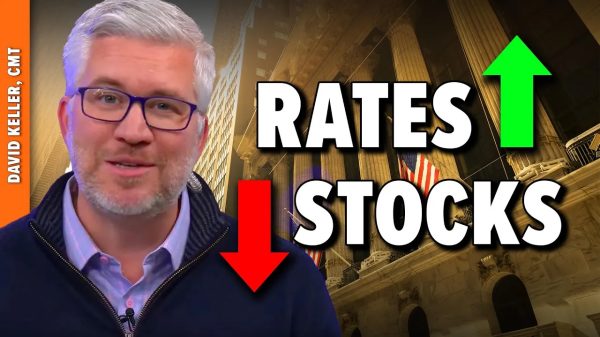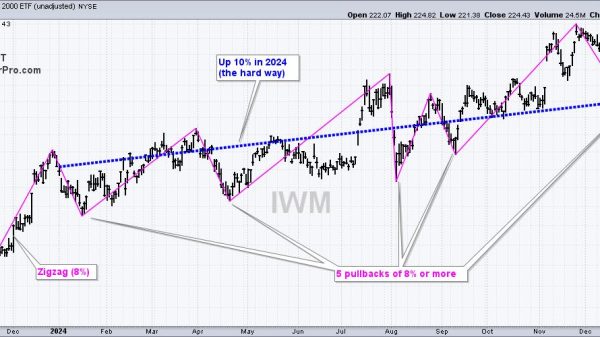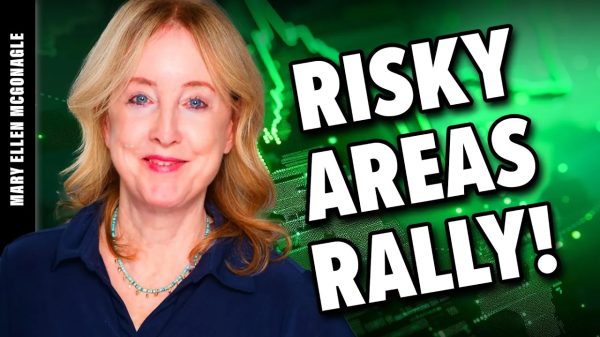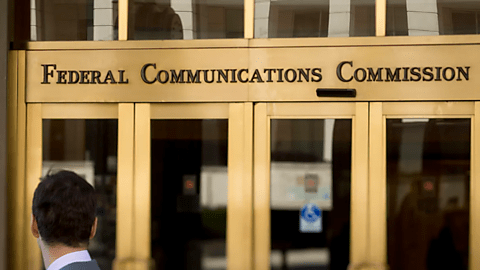Colleen Hroncich
As a homeschooler, you don’t generally expect balanced coverage of homeschooling from mainstream media outlets. So my expectations for a recent Washington Post report on homeschooling were low—the bar was on the floor, as my daughter likes to say. I was pleasantly surprised to find that it was actually pretty evenhanded.
The report, “Home schooling’s rise from fringe to fastest‐growing form of education,” is the latest installment in the Post’s Home‐School Nation series. It’s likely the most in‐depth analysis of homeschooling to date, and the big takeaway is that homeschooling is the fastest growing education model in the US. Homeschooling spiked during COVID-19 and then dipped a little, but the report estimates the number of children homeschooling was 45 percent higher in the 2022–23 school year than it was in 2017–18.
For the report, the Post collected homeschooling data from 2017–18 through 2022–23 for thousands of school districts across the country, conducted more than 100 interviews, and fielded a national poll of homeschool parents. Due to varied data collection practices in different states, the reporters were only able to compile statistics from thirty‐two states and the District of Columbia. There’s a handy infographic that allows you to look up homeschooling stats by school district.
There are diverse homeschooling families and communities profiled in the report. Hillsborough County, FL, with more than 10,000 homeschoolers last year, could be considered the capital of American homeschooling, according to the Post:
“Today, Hillsborough home‐schoolers inhabit a scholastic and extracurricular ecosystem that is in many ways indistinguishable from that of a public or private school. Home‐schooled kids play competitive sports. They put on full‐scale productions of “Mary Poppins” and “Les Miserables.” They have high school graduation ceremonies, as well as a prom and homecoming dance.”
While Florida’s 154,000 homeschoolers marked the largest count among states with data available, New York had the fastest growth. The homeschool population in New York has more than doubled since 2017, although its 52,000 homeschooled students are just one‐third of Florida’s tally. Much of this growth came from New York City, especially Brooklyn and the Bronx, where some districts saw a more than 300 percent increase in homeschoolers. But the actual number of homeschoolers in the city is still small compared to district enrollment. On the flip side, the story looked at a district in rural Kentucky where more than 11 percent of students are homeschooled.
Although the piece included very strong examples of homeschoolers, the overall tone was one of skepticism. Consider this statement, for example, “Many of America’s new home‐schooled children have entered a world where no government official will ever check on what, or how well, they are being taught.” This is rather absurd considering how poorly many students fare in schools that are run by government officials, not just checked on by them.
In Baltimore, where public schools spend more than $21,000 per student, reading and math scores are atrocious. Earlier this year, it was reported that thirteen Baltimore City high schools had zero students who tested proficient on the state math exam. Zero. In Detroit, only five percent of eighth graders tested at “proficient” or better in reading this year. Clearly, having a “government official” “check on what, or how well, they are being taught” doesn’t offer any guarantees.
While those are particularly egregious examples, the overall performance of public schools in the National Assessment of Educational Progress (NAEP)—often called the Nation’s Report Card—isn’t too rosy. This year, 64 percent of fourth graders were below proficient in math, as were 73 percent of eighth graders. Reading results were similar, with 66 percent of fourth graders below proficient, along with 69 percent of eighth graders. Again, these unimpressive results show oversight by government officials does not ensure student learning.
Then there’s the notion interwoven throughout the piece that our current public school system is the way things have always been and should always be. “[Homeschooling] could also undermine the role that public schools have traditionally played in American life.” But this model—grouping kids by age instead of ability and assigning them to schools based on where they live—is a relatively new experiment. For most of human history, education looked much more like homeschooling and microschooling.
And no piece on education alternatives would be complete without the implication that children belong to the public school system. Even though homeschooled families in Kentucky receive no taxpayer assistance, a Kentucky teacher who is head of her local union “worries about what home schooling’s growth will mean for the children in the public education system. ‘If [home‐schooled] students are not enrolled in our district, we are not getting funding for them,’ she said. ‘And we are already underfunded.’”
But why would the district receive funding for kids who aren’t attending the schools? The report doesn’t delve into that question.
Homeschooling often seems like a radical approach when people first encounter it—even to people who eventually become homeschoolers (myself included). But in many ways, the current public school system is the radical approach. There’s no other area of society where we assign people to a service based on how old they are and where they live—even other levels of education, like preschool or college. There’s no other time in our lives where we’re so strictly segregated based on age. And there’s no other facet of life where government mandates funding, provision, and attendance of a good or service through a monopoly provider with the implicit assumption that one size fits all.
While homeschooling is still a small segment of education in the US, the explosive growth detailed in the Post’s report shows people are increasingly recognizing the benefits of more personalized education. I think that bodes well for our future.

